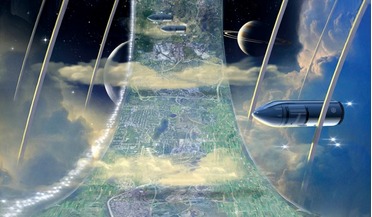 February 2019
A universal spaceship design concept
February 2019
A universal spaceship design concept
... all of its embedded biological and chemical processes, has the primary aim of enabling long-term stays in space while also being independent of an external mission supply network. The aim of the research was to produce an outline design for a self...
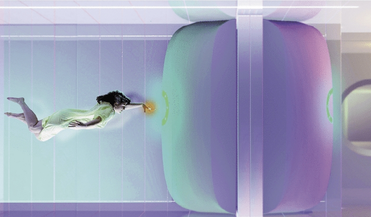 July 2021
Designing for life in outer space - The importance of design for long-term space missions
July 2021
Designing for life in outer space - The importance of design for long-term space missions
... as part of humanity’s drive for increased long-term space missions with the ultimate goal of permanent large-scale human habitations in space. One of these newly emerging disciplines, Space Design, focuses on innovation, technology, new materials...
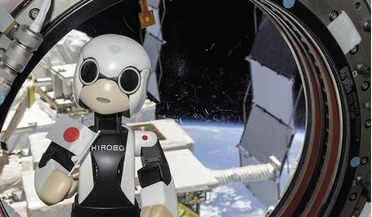 August 2021
Robotic systems for psychological support
August 2021
Robotic systems for psychological support
... work on the design of human-interaction systems that will, one day, become a standard feature in long-term space missions. In the classical sense, psychological support for astronauts or cosmonauts is provided by a combination of means, methods and...
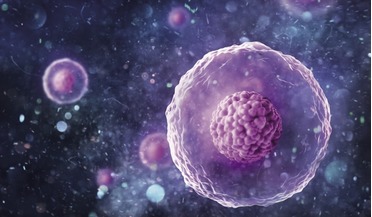 August 2021
Space research in embryology
August 2021
Space research in embryology
... knowledge of not only technical but also medical issues, which means that including medical specialists on long-term space missions is a key prerequisite. Ultimately, if the human race is to resettle itself elsewhere in the universe, research into...
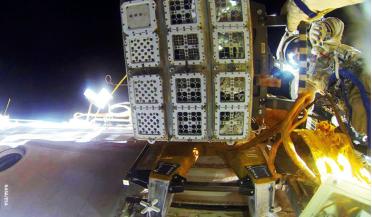 September 2023
How microorganisms survive space travel
September 2023
How microorganisms survive space travel
..., is one of the most important studies in space science, as it impacts not only crew survival on long-term space missions, but also the implications of contamination – from space to Earth or from Earth to space. Here, the authors describe a number...
 January 2021
Medical professionals and long-duration spaceflight
January 2021
Medical professionals and long-duration spaceflight
...has shown the significant value of including a health worker in the team. When it comes to long-term space missions – especially those in deep space - the inclusion of a doctor on the team should be seen as ‘normal’, not least because of the positive...